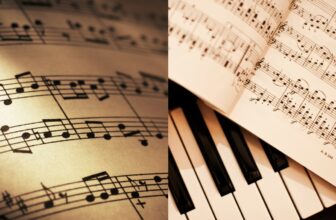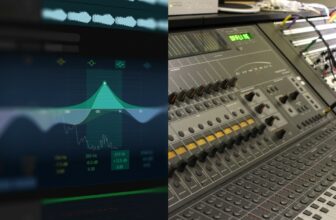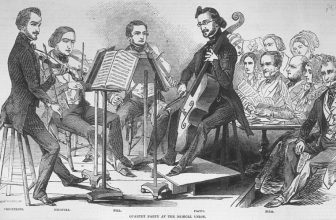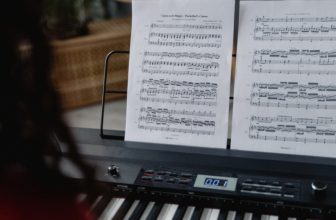What is Intensity in Music? (And How to Increase It)
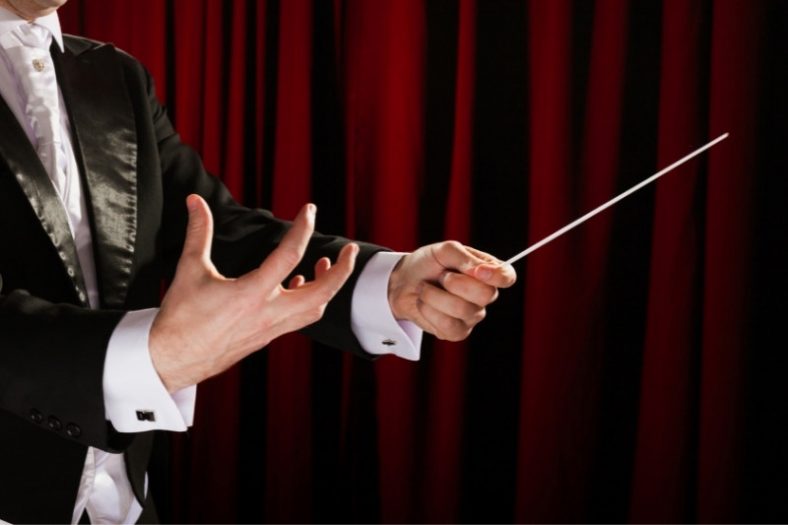
The intensity of music generally refers to how loud or soft the musical piece is. However, it can also refer to the musical theme, such as suspenseful, dark, or unsettling.
The very basic understanding of intensity is considered the change in energy to the applied notes. This change of intensity in music is not just in the energy of notes but also in the pressure and volume of the notes played. Most people associate the intensity of the music with the loudness or volume of the music, but it goes much deeper than just that.
Contents
Intensity in Volume
The intensity of music can be controlled using volume. It’s also among the most popular and simple methods to adjust the volume of music because it is all about turning up or turning down the volume knob.
You may readily adjust the intensity by adjusting the volume; if you want more intensity, just raise it and if you want less, lower it. You can simply obtain the change in intensity you desire by doing so.
Theme Intensity
The use of certain notes or sounds in music that is used to build or decrease tension is known as theme intensity. Different notes can convey different feelings, which result in different tension.
Experienced composers and musicians use notes and sounds in their music to get a specific feel or emotion. They have studied music and know the ins and outs, therefore, knowing what notes to use, they can control what the audience feels.
It needs more experimentation and knowledge of music to implement it successfully without sounding too weird and wrong and is therefore used sparingly.
Intensity in Playing
The intensity of playing can be considered one of the most effective ways to change the intensity and feel of the song. This refers to how hard a note is played while performing the piece. It can be used in all sorts of ways including vocal performances. This makes the feel of the piece even more intense instead of everything sounding the same.
Most composers and experienced musicians use this to get more complexity in their pieces. This is usually denoted on sheet music by different signs that a performer reads and plays accordingly. The symbols used are given below:
- p = Piano = Soft Intensity.
- mp = Mezzo Piano = Medium-soft intensity.
- mf = Mezzo Forte = Medium-strong intensity.
- f = Forte = Strong intensity.
- ff = Fortissimo = Strongest intensity.
There can be signs with 3 f’s (fff) in the music piece or even more. The more f’s you see, the more intensity is required. It is also very useful for performers to understand and know beforehand the range of intensities they have to play while performing.
How Intensity is Created Using Instruments
There are several ways to use intensity and make your music more interesting. Using instruments in your compositions is one of the many ways to do this. Each instrument has its timbre and unique characteristics.
Depending on the composition and what you need, different instruments can be used to deliver different emotions. Not all instruments have the same volume or intensity, the mellow-sounding harp can never match the harsh sound of a drum kit.
Different instruments can be carefully used and introduced to cause excitement and help increase the intensity of your composition. It can also help in build-ups for something like a drop which when paired with correct notes or theme intensity can work wonders for you.
Some instruments, on the other hand, are known to have a lower intensity which makes them perfect for lowering the intensity of your composition. When used properly, these instruments work very well in smoothly lowering the intensity of the piece or to keep complimenting the less intense music.
What Effect Does Intensity Have?
Intensity has a bigger effect on the listener than you could imagine. This is because intensity not only helps the listener with the feel of the music but also tends the ear of the listener to not be fatigued from longer listening durations. A composition with proper use of intensity and a good mix can be very soothing for the ear and mind of the listener.
Intensity also helps determine how the listener perceives the music he or she is listening to. This means a composition with a good variation of intensity by using the techniques listed above and more can help the listener to get in the state of mind and follow along with the music from start to the end like it’s a story connected in one smooth flow.
Proper use of intensity in your music can also introduce a different type of feeling in your listener. A piece of highly intense music will make the listener get to the edge of their seat and look forward to the release. A less intense musical part, on the other hand, will make a highly stressed individual feel much lighter and less agitated.
This can also be used in the same way in movies or theater or in just music to help build up to certain moments or multiple moments by slowly increasing the intensity of the music and vice versa.
Summary
In conclusion, intensity is a very important tool in any composer’s toolbox to make things interesting for the listener. Using different techniques to change the intensity of the music and keep the listener guessing is the perfect way to keep them in the loop and coming back for your music.
All great musicians, whether it’s Bach, Mozart, or Beethoven were masters of using intensity properly and that is why today their music is studied and practiced all over the world. The different emotions you or anyone feels and the mindset it gets you in when listening to their music is what keeps them relevant even today after all these years.

